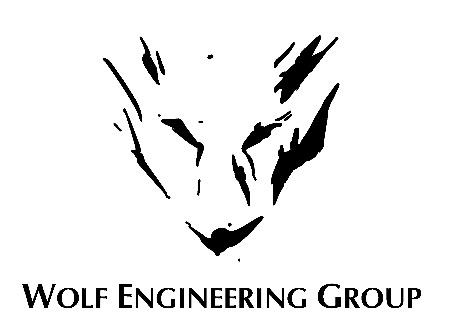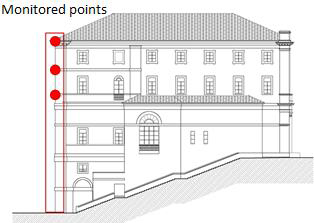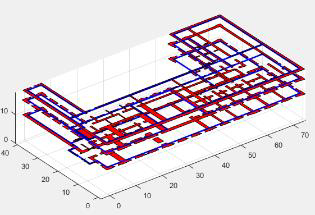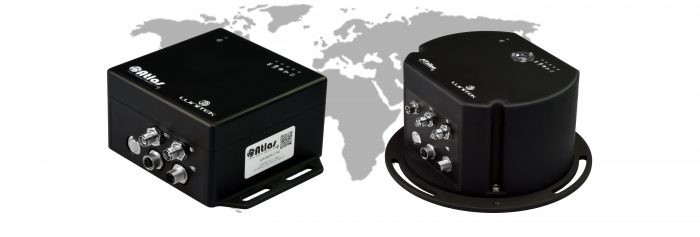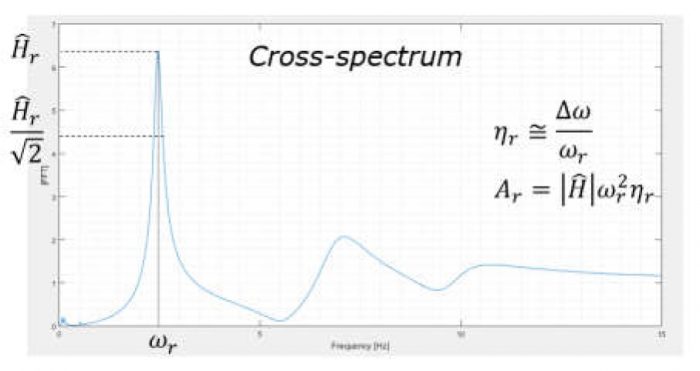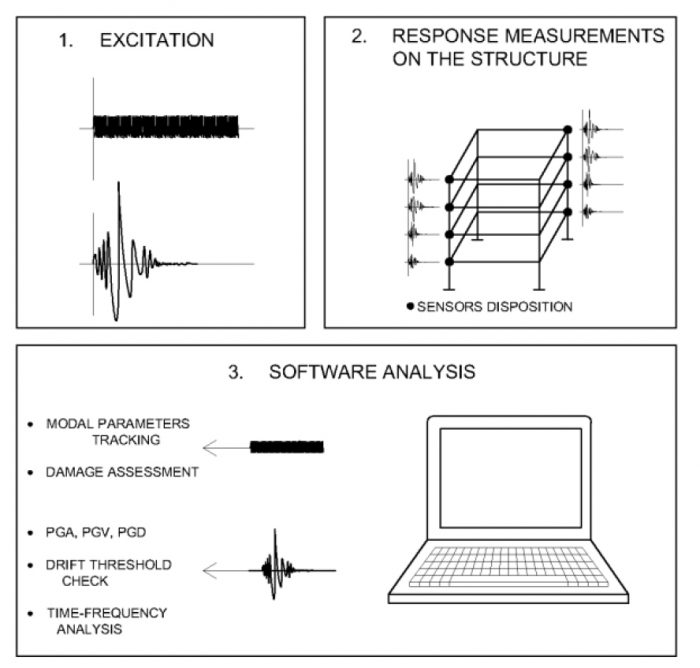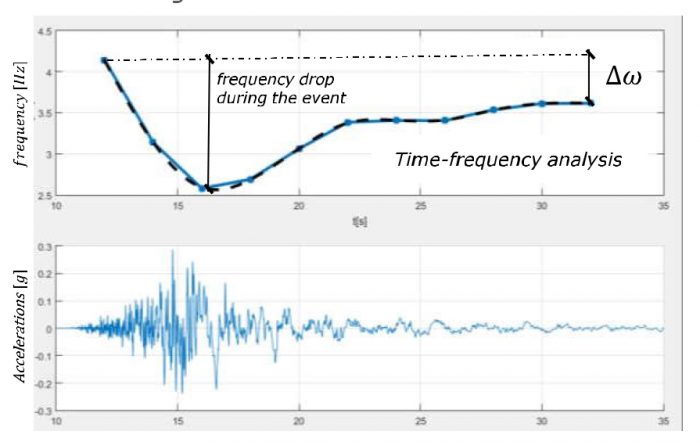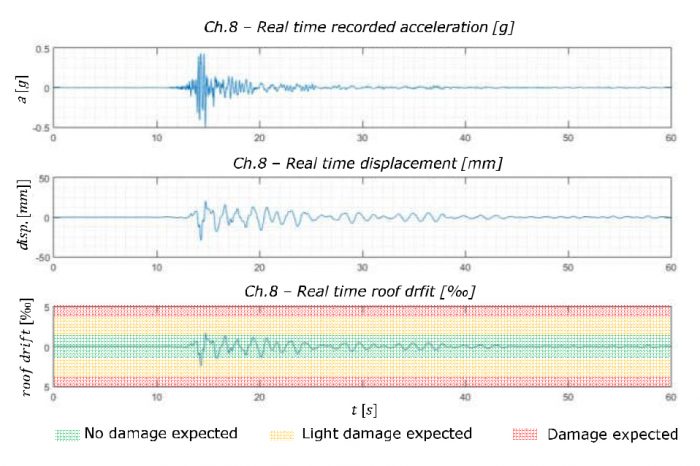ASCLEPIUS – Software per il monitoraggio e la valutazione dei danni strutturali
The software ASCLEPIUS is developed by:
Why should I monitor the health status of my building?
A real-time system monitoring the vibrational characteristics of a structure allows to detect potential damage at the earliest possible stage, bringing considerably benefits and increasing the safety of the occupant.
The reliability of the results is ensured both by the ad hoc sensors disposition and the calibrated calculation model, in which all the very own structural features of the building are taken into account.
Structural health monitoring: How does it work?
The use of sensors having high dinamyc range and low noise level, if combined with an advanced and dedicated software for signal processing and structural identification, guarantees the knowledge of the health status of the building in the strong motion phase as well as in its serviceability condition before and after a seismic event.
The software is in constant communication with the sensors, elaborating the signals in near-real-time and periodically extracting the modal parameters of the structure. These parameters can be considered like a «fingerprint» of the building and their changes over time can be used for an effective damage assessment. Each system is specifically calibrated on the related structure, in terms of both hardware (number of sensors and disposition) and software (implemented calculation model) in order to guarantee the reliability of the results.
Periodical dynamic identification from ambient vibration
During the regular serviceability condition of the structure, ambient vibration measurements are acquired several times a day. Once signals are sent to the monitoring software, a dynamic identification analysis is performed through automatic algorithms that use the Operational Modal Analysis (OMA) techniques in order to estimate natural frequencies (w), mode shapes (A) and damping (n) of the building under its operating conditions.
Figure 1. Cross-spectrum
Figure 2. System architecture
The methods for damage assessment that examine the changes in the vibration characteristics follow the basic idea that modal parameters depend on the physical properties of the structure. When a significant variation (Delta w) in the identified characteristics is detected, suggesting the occurrence of a potential damage in the structure, an automatic procedure is started to apply some damage identification methods by analysing the differences between the last modal characteristics and the last reference ones, assumed to represent the undamaged state of the structure.
Figure 3. Time-frequency analysis
Identified parameters can also be used to calibrate a FE model of the building through Model Updating techniques, to make the model as closely as possible to the reality.
Real-time strong motion monitoring
During the seismic event, the system acquires the signal recorded by sensors placed on the ground outside the building, that are designed to provide the main strong motion parameters for the considered earthquake, i.e. Peak Ground Acceleration (PGA), Peak Ground Velocity (PGV), Peak Ground Displacement (PGD), Arias Intensity (AI) and Significant Duration (SD).
At the same time, the software acquires the signals of the sensors located on the structure in order to calculate the real time displacements and related inter-story drift ratios (IDRs) that occurred during the seismic event. As the IDR is one of the parameters that is mostly related to the structural damage, the software can instantly give a warning about a potential damage occurrence, using specific capacity curves that correlates the IDR values with the expected level ofdamage in the structure.
Figure 4. Real time recorded channels
During a seismic event, the deformations induced in the building result in a reduction of its natural frequencies, due to the nonlinearities in the material response. If no structural damage has occurred this frequency drop tends to be recovered as soon as the earthquake ends.
The monitoring software uses time-variant AutoRegressive exogenous (ARX) models in order to carry out a time frequency analysis, identifying the frequency drop during the event. Monitoring the way in which the structure modifies its vibrational characteristics during a seismic event can be useful in the cumulate damage estimation.
Per maggiori informazioni contattaci: https://www.lunitek.it/contatta-sensoristica-e-acquisizione-dati/







